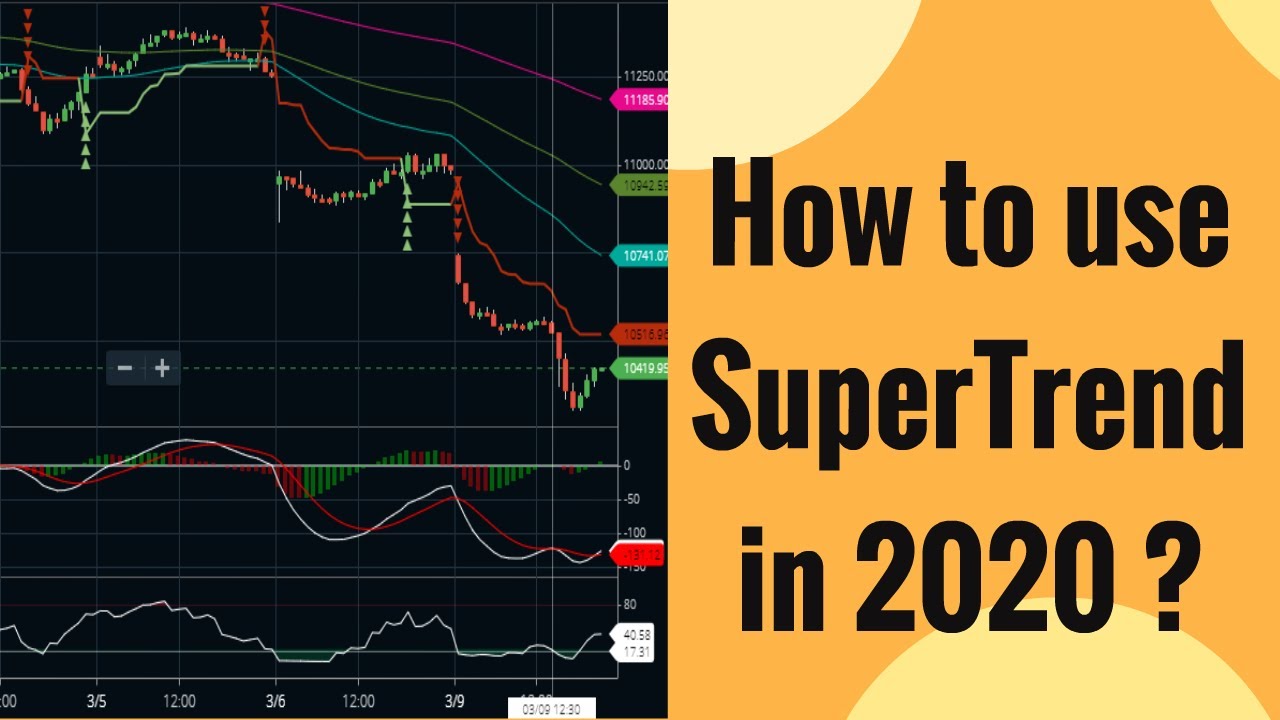The biggest reason why options buyers lose money?
Summary
TLDRIn this informative video, Indrajit Mukherjee from StockManiacs.net discusses the common pitfalls of options trading, highlighting that 80% of options buyers lose money, often due to purchasing far-out-of-the-money options. He advises viewers to opt for in-the-money or near-the-money options to mitigate risk and avoid the trap of undercapitalized trading. The video also includes a case study on an ill-advised options purchase of Indusind Bank, emphasizing the importance of strategic trading decisions to preserve capital.
Takeaways
- 💡 80% of Options buyers lose money, while 80% of Options sellers (typically large institutions) make money.
- 📉 Options have a time component, causing the value of an Option to decrease over time, especially as expiration approaches.
- ❗ The biggest mistake Options traders make is buying far out-of-the-money Options, which often expire worthless.
- 🧠 To avoid losing money, traders should understand how to stop losses and make informed decisions in Options trading.
- 🔎 Buying far out-of-the-money Options, like a 1600 call Option when the stock is at 1332, is likely to result in a loss.
- 🚫 Traders with limited capital might be tempted to buy cheap, far out-of-the-money Options, but this strategy is highly risky.
- 📊 In-the-money or close-to-money Options are generally safer bets, as they are more likely to increase in value if the underlying stock moves favorably.
- 💰 If a trader cannot afford in-the-money or close-to-money Options, they should avoid trading Options altogether.
- ⚠️ Small traders are often ‘eaten’ by big traders when they make risky bets on far out-of-the-money Options.
- 📅 The speaker plans to release a special video on how to trade during volatile markets, like on a budget day, and encourages viewers to subscribe for more insights.
Q & A
What percentage of Options traders typically lose money according to the transcript?
-According to the transcript, 80% of Options traders, specifically Options buyers, actually lose money.
Who are the typical buyers and sellers of Options as mentioned in the script?
-The script mentions that small traders like the audience are typically the buyers of Options, while big institutions, mutual funds, foreign institutions, and big traders are the sellers or short sellers of Options.
Why do the prices of Options sometimes move in the opposite direction of the underlying asset's price?
-The script explains that this can happen due to the time component in Options. As time passes, the Option price can move down even if the underlying asset's price moves up or down.
What is the percentage of Options that expire worthless as stated in the video?
-The video states that 80% of Options actually expire worthless.
What is the main advice given in the script regarding how to stop losing money in Options trading?
-The main advice given is to understand how to stop losing money because knowing how to make money is not enough; one must also know how to prevent losses to avoid depleting all capital in Options trading.
Who is the speaker in the video and what is his profession?
-The speaker is Indrajit Mukherjee from StockManiacs.net, who appears to be a financial educator or advisor focusing on stock and commodity markets.
What is the mistake made by the client who bought the Indusind Bank 1600 call option according to the speaker?
-The mistake made by the client was buying a far out-of-the-money Option that is very far from the current market price of Indusind Bank, which is likely to expire worthless.
What is the current price of Indusind Bank when the speaker discusses the client's mistake?
-The current price of Indusind Bank when the mistake is being discussed is 1332 rupees.
What is the difference in price between the 1600 CE and 1340 CE Options of Indusind Bank as mentioned in the script?
-The price of the Indusind Bank January 1600 CE is less than 2 rupees, while the price of the January 1340 CE is at 33 rupees.
What is the recommended strategy for buying Options according to the speaker?
-The speaker recommends buying in-the-money or close-to-money Options, as these are more likely to increase in value if the price of the underlying asset goes up.
What is the announcement made by the speaker at the end of the video?
-The speaker announces that he will publish a special video on how to trade volatile markets like budget day before the budget on February 1st, 2020.
What is the final advice given by the speaker to the audience regarding Options trading?
-The final advice is to avoid buying far away Options and instead focus on in-the-money or close-to-money Options, or refrain from trading Options if one cannot afford them.
Outlines

Cette section est réservée aux utilisateurs payants. Améliorez votre compte pour accéder à cette section.
Améliorer maintenantMindmap

Cette section est réservée aux utilisateurs payants. Améliorez votre compte pour accéder à cette section.
Améliorer maintenantKeywords

Cette section est réservée aux utilisateurs payants. Améliorez votre compte pour accéder à cette section.
Améliorer maintenantHighlights

Cette section est réservée aux utilisateurs payants. Améliorez votre compte pour accéder à cette section.
Améliorer maintenantTranscripts

Cette section est réservée aux utilisateurs payants. Améliorez votre compte pour accéder à cette section.
Améliorer maintenantVoir Plus de Vidéos Connexes

NOISE POLLUTION: SOURCES, IMPACT AND MITIGATION

Super Trend Intraday Trading Strategy for Commodity Day Trading

"We live in the age of cancer" | Dr Siddhartha Mukherjee meets Adam Rutherford (part 1)

Business Law for Managers

Relative Poverty | Inesh Mukherjee | TEDxYouth@JumeirahCollege

Teacher's Day || 5 Sep 2025 with true Incident|| Acharya Singh
5.0 / 5 (0 votes)
